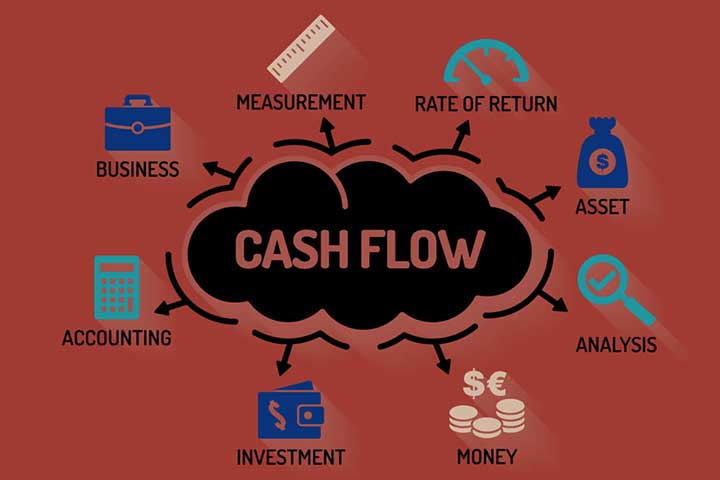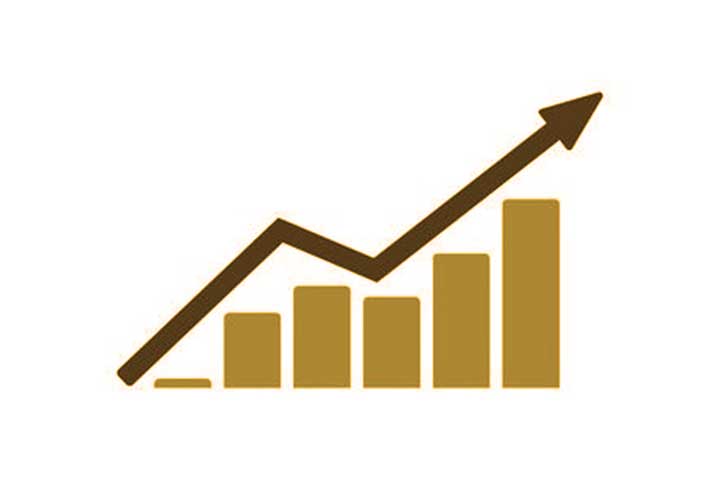Cash Flow: What Is It, And How Is It Calculated?
The cash flow, also known as flow cash, represents the difference between receipts and payments over some time. It is a critical indicator that provides us with information about the company’s financial situation since it reflects the outflows and inflows of real money. That is, it allows us to know how much cash we have.
It is essential to remember that cash flow always refers to the movement of money, collections, and payments made. In this way, we are faced with a critical concept to measure the company’s liquidity, its viability, and its ability to meet expenses, debts, or investments.
Table of Contents
What is cash flow for, and how is it calculated?
Although it may seem like a somewhat complicated term at first, calculating cash flow is very simple and is that having all the data up to date, the calculation will not be anything tedious.
The first step is to calculate the Gross Profit, subtracting the sales less the exact cost. Then, to estimate the Profit Before Taxes and Interest (EBIT), we must remove the selling expenses and the amortizable expenses and add another type of income. Subsequently, we must subtract the interest and taxes from the EBIT and obtain the Net Profit.
Once we have the Net Profit, we will have to calculate the cash flow by subtracting and adding the accounting entries accrued but not materialized in capital inflows or outflows. To do this, we add the accounting expenses that did not imply a cash outflow (amortizations or accounts payable) and that accounting income that did not indicate a capital inflow (accounts receivable or other revenue).
This whole process can be summarized in the following basic formula:
Cash flow = Net Profit + Amortizations + Provisions
If the result is positive, it will mean that the payments for the period have been higher than the payments for the period. But if it is negative, the prices will have been higher than the charges, and the company will not generate enough resources.
In this way, the cash flow allows us to determine the liquidity of the company. But, at the same time, it offers us precious information when making decisions, making payments, or paying outstanding debts.
Four keys to keep your cash flow under control
Be proactive
Making realistic forecasts is essential for good cash flow management. Keep in mind that these forecasts should include fixed and variable costs and your projections for the next few months.
Control collections and payments
Keeping complete control of invoicing is also vital for the company. Establish payment conditions to deal with possible customer arrears. This will also allow you to make a more realistic forecast of the charges.
Manage your stock well
Efficient management of cash flow and treasury goes through having the stock controlled. This way, you will never have excesses, and you will know when you need to reorder without entailing the immobilization of treasury.
Anticipate problems
In addition to monitoring the status of your company, it is essential to take into account the financial position of your customers and suppliers. This will help you anticipate problems and improve your cash forecasts.
Also Read: Improve Production Planning: How Companies Can Expand Their Planning Horizons




